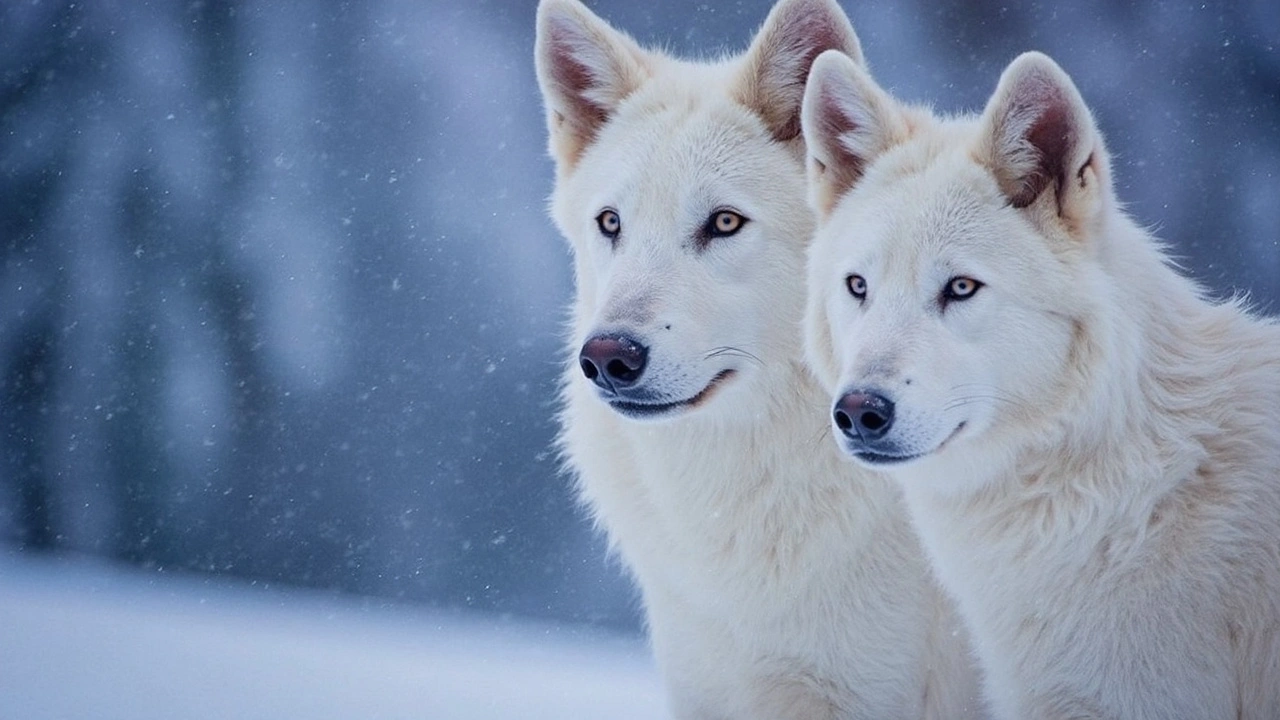De‑Extinction Explained: How Scientists Aim to Bring Back Lost Species
Ever wondered if a woolly mammoth could walk the Earth again? That idea isn’t pure science fiction – it’s called de‑extinction. In simple terms, de‑extinction means using modern tools to recreate animals that disappeared millions of years ago or just a few centuries back.
The Science Behind Bringing Back Extinct Animals
First off, you need DNA from the extinct creature. Researchers dig up well‑preserved bones, teeth or even frozen tissue to extract genetic material. Because old DNA is often broken into tiny pieces, scientists stitch those fragments together with the help of a close living relative. For example, the Asian elephant provides most of the genome needed for a woolly mammoth.
Once they have a workable genome, they insert it into an egg cell of the living cousin. That egg is then fertilized and implanted into a surrogate mother. If everything goes right, the surrogate gives birth to an animal that carries the extinct species’ traits.
Why Bother? The Potential Benefits
Proponents say de‑extinction could restore ecosystems that suffered when keystone species vanished. A revived woolly mammoth might help keep Arctic tundra grasslands healthy, which in turn locks away carbon and slows climate change. Other projects target the passenger pigeon, whose massive flocks once kept forests balanced.
Beyond ecology, the process pushes DNA editing, cloning and reproductive tech forward. Those advances can improve breeding programs for endangered animals that are still alive today, giving them a better chance to survive.
However, it’s not all hype. Critics point out ethical concerns: should we bring back an animal if we can’t guarantee its habitat exists? There’s also the risk of diverting funds from protecting species that are currently at risk. Moreover, creating a few individuals doesn’t automatically rebuild whole populations.
In practice, most de‑extinction attempts start with a single hybrid – part extinct, part living. That means the revived animal might not be an exact copy of its ancestor but rather a close approximation. While some see that as a shortcoming, others argue it’s a realistic compromise.
If you’re curious about specific projects, check out the ongoing work on the Pyrenean ibex (the “zombie goat”), which briefly came back to life in 2009 before dying again. The same team is now working on a more resilient version that could survive longer.
De‑extinction also sparks public interest, drawing attention to biodiversity loss and inspiring younger generations to study genetics and conservation. Even if the ultimate goal of fully restoring extinct species remains distant, each step teaches us valuable lessons about life’s building blocks.
Bottom line: de‑extinction is a blend of cutting‑edge science, hopeful ambition, and tough ethical questions. It offers a glimpse into how we might repair some past mistakes, but it also reminds us that prevention beats revival every time. Keep an eye on the latest research – the field moves fast, and tomorrow’s headlines could feature a creature thought gone forever.
Colossal Biosciences has successfully revived the dire wolf, sparking debates about the implications of de-extincting species. While the project is celebrated for its cultural value, particularly among Indigenous groups, concerns loom over the wolves' ability to adapt to today's ecosystems and the ethical aspects of genetic manipulation. Experts urge for regulatory measures to address this emerging scientific frontier.
